Migratory birds
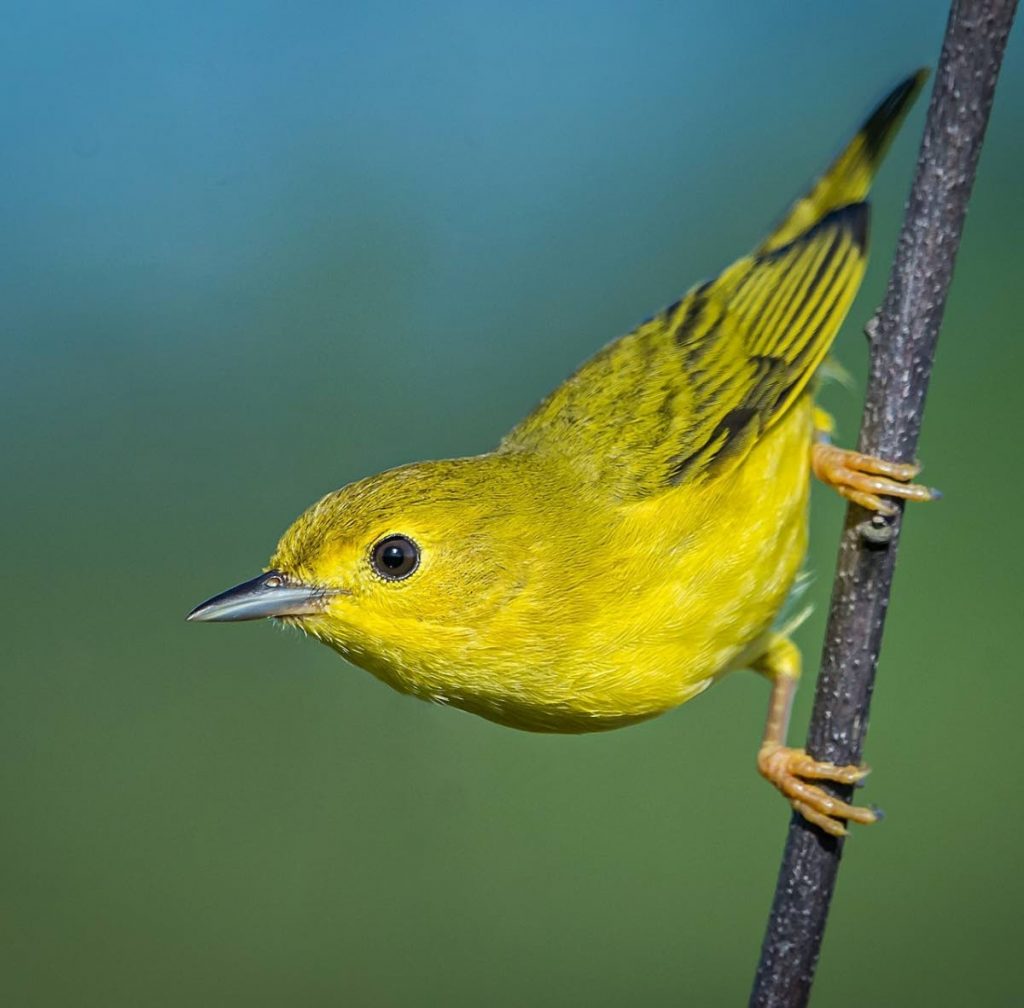
MOLLY R GASKIN
SITTING quietly beneath the flowering flamboyant trees at the Pointe-a-Pierre Wildfowl Trust with a visitor to the trust, an American bird lover, and gazing at the beautiful sight of a majestically soaring osprey, we wonder whose bird is he. Is he one of "ours," a regular at the trust, or is he one of "theirs", a migrant visitor, passing through away from bitter cold North American winter?
Nearly half the birds that breed in North America head south each year and spend up to six or seven months on their wintering grounds, perhaps another month or two commuting each way, and only a brief eight or ten weeks building a nest and raising their young before coming south again. How true is that birds know no boundaries and belong only to themselves?
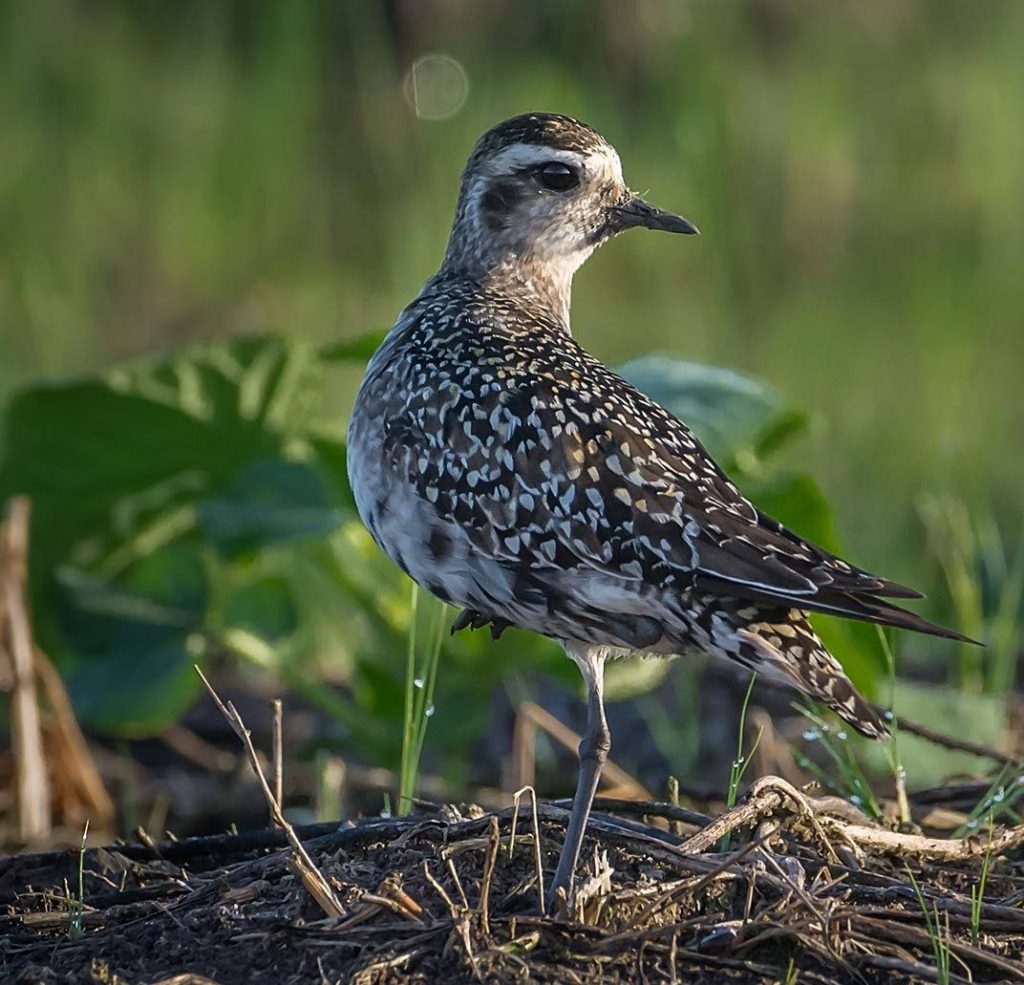
It has become clear, that the "survival" of our birds depends on safeguarding both their wintering and breeding grounds. Habitat protection and restrictions on pesticide use, or hunting in one country alone, are not sufficient for sustaining creatures that do not recognise man-made restrictions and boarders. Birds serve also as indicators of the general quality of the environment, providing clues to its stability and decline.
Most North American birds that migrate south, spend the winter in the Antilles, Mexico, Central and northern South America and some islands in the Caribbean, especially Trinidad and Tobago which support the bulk of these migrant birds. The yellow warbler, for example, nests in spruce forests ranging from the southern north west territories of Canada but it winters exclusively in the West Indies from the Greater Antilles to TT.
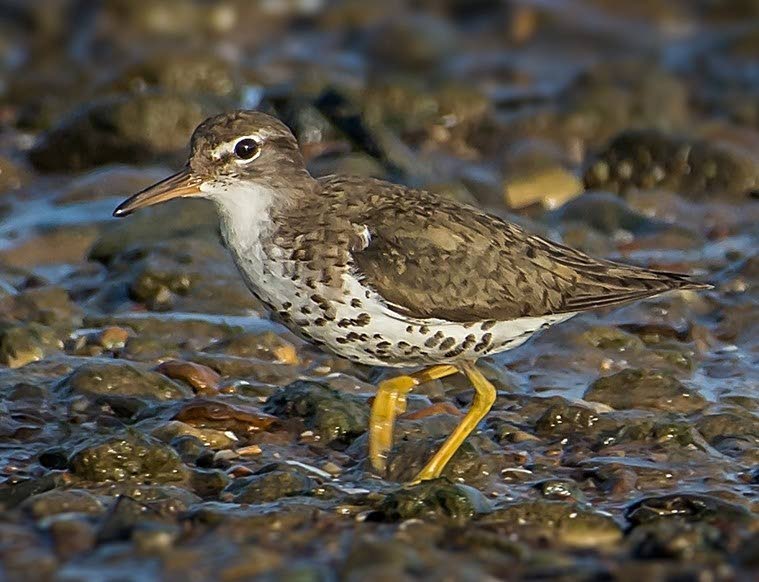
Wintering birds exhibit a wide variety of behavioural and ecological adaptations to exploit food sources quite different from those they find in North America. Many birds switch to new food and new behaviour. The broad-winged hawk, a summer resident of eastern North American forests where it feeds on small birds and reptiles, winters in TT where it feeds almost exclusively on the large katydids that become active at dusk.
Shorebirds, like those wintering on the coasts of South America and TT, congregate by the thousands in a few estuarine systems that each harbour a significant portion of the species entire population. These birds are vulnerable to whatever changes take place along these coasts. The preferred habitat of these territorial species is the rain forests, which is more stable than second growth vegetation and thus more likely to offer a good supply of insect food. Some wintering birds in the tropics like a good mixture of fruit and animal food and move about singly and in small groups. Because of threats to its wintering habitats, some species are at greater risk than others.
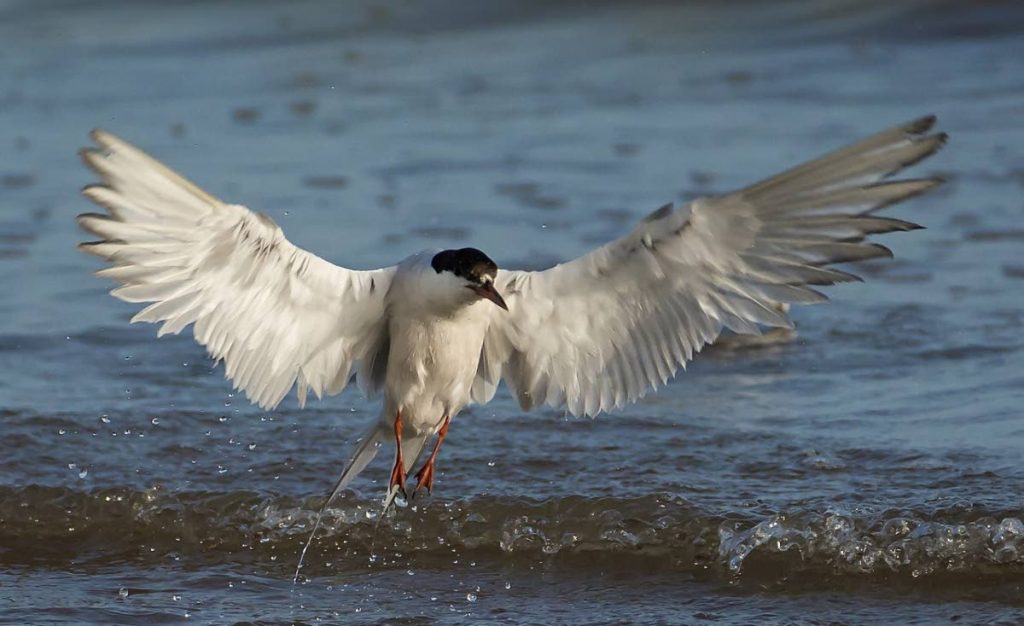
In the future, the survival of these migratory birds may depend on the degree to which they can adapt to different changing habitats and food sources. The smaller land birds, especially those dependent on forests are the species of greatest concern. According to estimates of the FAO (Food and Agriculture Organisation) over half the natural vegetation of Central America and the West Indies is seriously threatened. Remaining forested areas are now already functioning at carrying capacity – what happens to displaced birds? It is clear that bird lovers and conservationists should focus their efforts on identifying habitats on which the greatest number of wintering species "our birds" depends and determining how we may protect these vitally important areas.
There are over 125 different species of migrants that visit TT and for a period of time become "ours." They delight the eyes of bird watchers, both local and foreign. Many visitors come here only to see some of the birds in their different winter plumage.
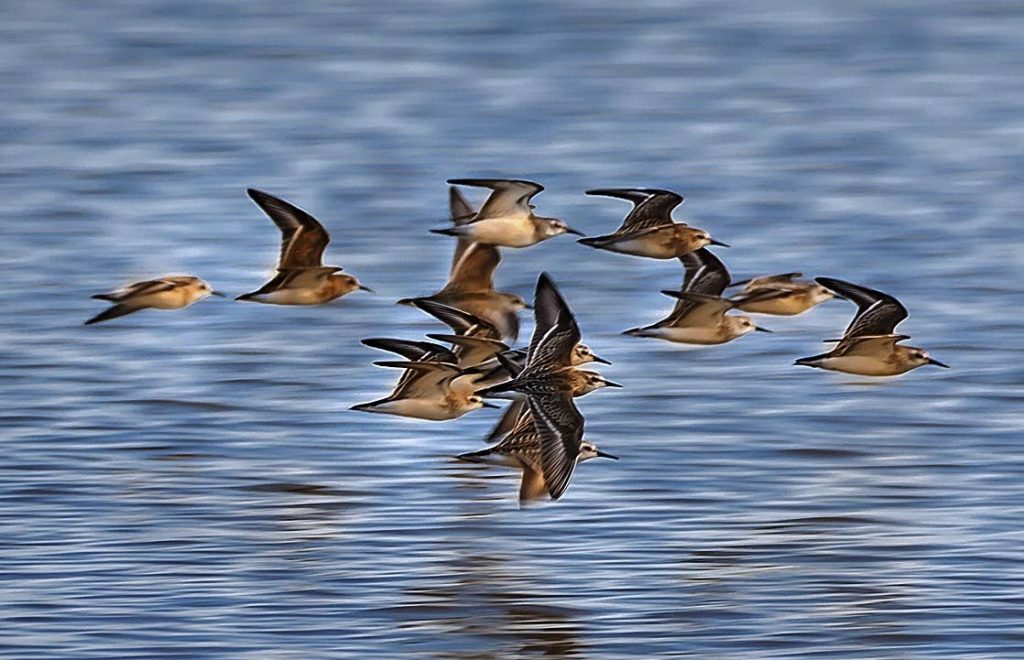
Geographically, TT is ideally suited. It is not only on one of the main routes of migrants travelling south, but also on the route of other species from South America travelling north.
This is not only good for insect control and the fertilisation and propagation of many species of plants valuable to man, but also very good for both local and foreign tourism.
Molly R Gaskin is the president of the Point-a-Pierre Wildfowl Trust


Comments
"Migratory birds"